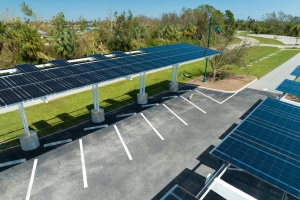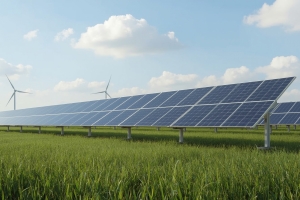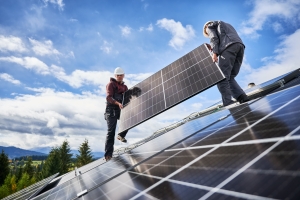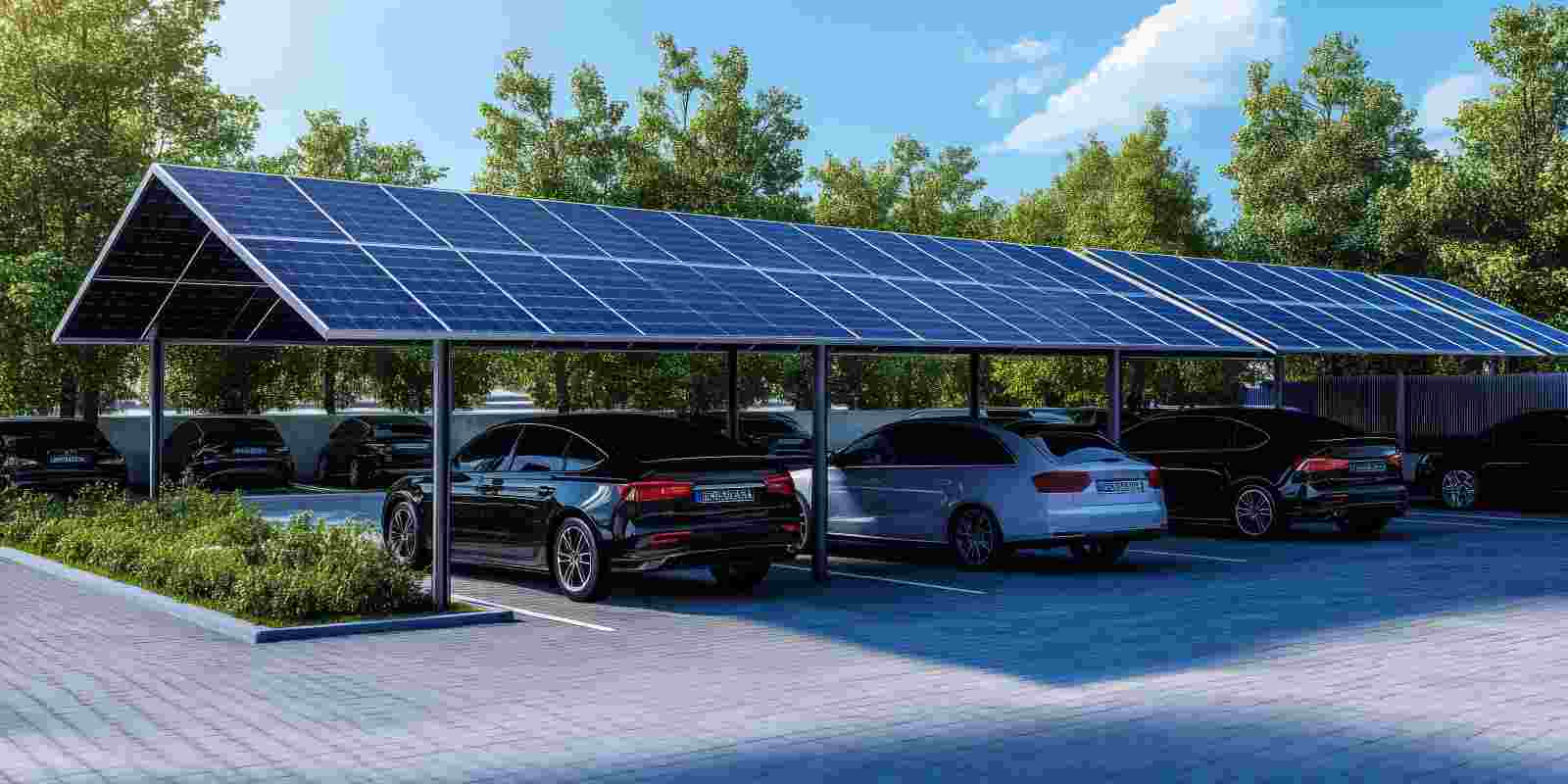
Yes, solar panels can be installed on a shaded roof and still provide long-term savings for Maryland homeowners. With improved solar technology and assistance from a professional installation team, solar power arrays can help to offset rising energy costs and inflation.
This article discusses how shaded roofs can impact Maryland solar panel installation, including power generation efficiency, and why many shaded homes are still strong candidates for profitable solar arrays. In states such as Maryland, where energy costs continue to rise, each homeowner should consider their situation individually to learn whether a solar array is a worthy investment and what they can do to improve their power generation.
How Does Shade Impact Solar Panels?
It may seem evident that shade will reduce the effectiveness of solar panels by reducing direct sunlight coverage. However, modern systems have safeguards in place to mitigate the financial cost of shade. Whereas old arrays might lose power output from one shaded panel, modern panels are optimized individually. This means that even if an array is partially in the shade, the portion that remains in full sunlight will still generate power at full capacity.
For Maryland homeowners, this improved technology means that partial shading no longer deters solar power as much as it once did. Homeowners should consider their situation with more nuance to determine whether shade is a deal-breaker. In many cases, it shouldn’t be.
How Solar Arrays Still Pay Off

The average U.S. household pays $0.1629 per kWh of electricity, while Maryland homeowners pay $0.182, almost 12% more. Major utility providers in Maryland, such as Pepco, BGE, and SMECO, have additional increases planned for upcoming months due to rising inflation, labor, and materials costs. This means that homeowners in Maryland should take advantage of savings, even if their situation is not optimal.
A solar installation makes sense if the cost per kWh of electricity when using solar panels is less than the cost without solar panels. Maryland offers solar renewable energy credits (SRECs) and net metering policies, which can provide further incentives, but the basic cost comparison is the most essential factor. Depending on the degree of shading and system design, even a partially shaded solar array can generate long-term savings and pay for itself over time.
How to Improve Solar Exposure on a Shaded Roof
Even though shaded roofs should not be a deal-breaker in getting a solar array, homeowners can still improve sunlight coverage to increase their energy savings. In some situations, simple steps can return some or all of the roof’s solar-generating potential, including:
- Tree Trimming: If mature trees cause the shade, trimming the branches back or selectively removing the entire tree can increase solar production. This may be more complicated if the shade comes from a neighboring or public tree, but any shade reduction will improve the solar array’s light coverage.
- Remove Structures: Another structure, such as a large garage, can cause shade. Homeowners may consider moving or removing it to improve sunlight coverage.
- Roof Replacement: Sometimes, shade coverage is caused by how the roof is designed. If the panels need to be placed on North or East-facing planes, they will likely receive less sunlight than those angled toward the West and South. Chimneys and other roof structures can also create shade. A roof replacement or redesign may be worth it to improve solar power generation.
- Community Collaboration: Shared trees or structures can sometimes cause shaded roofs. Working with HOAs or neighbors to share and coordinate trimming and planting responsibilities may benefit multiple homes.
- Seasonal Checks: Shade patterns change through the year. A tree that casts little shade in the winter may become a nuisance in the summer. Consistent solar performance requires remaining aware of how seasonal changes impact sunlight coverage.
Consult with a solar professional to evaluate your roof and provide the best solution.
Key Takeaway
Solar exposure can be improved with smarter landscaping and strategic redesigns. Experienced solar installers can help by designing arrays customized to each home’s sunlight coverage needs.

Contact Experienced Solar Installers to Maximize Your Solar Production in Maryland
The optimum roof orientation for solar arrays in Maryland is a 180-degree orientation, positioned due South. However, not every home in Maryland has a roof plane that faces South. Additionally, many roofs are partially or fully shaded by trees and other structures, leading some homeowners to wonder if solar arrays are a worthwhile investment.
If cost predictions show that solar power costs less per kWh than on-grid electricity, solar arrays are good investments for homeowners in Maryland. They even provide additional state-sponsored benefits, such as SRECs, while future-proofing electricity costs against planned price hikes by major providers. At Energy Select, our experienced team of local installers works with Maryland homeowners to customize solar arrays for their situation.
Contact our team today to learn how to optimize your array for sunlight coverage and offset power costs in Maryland with efficient solar generation.


